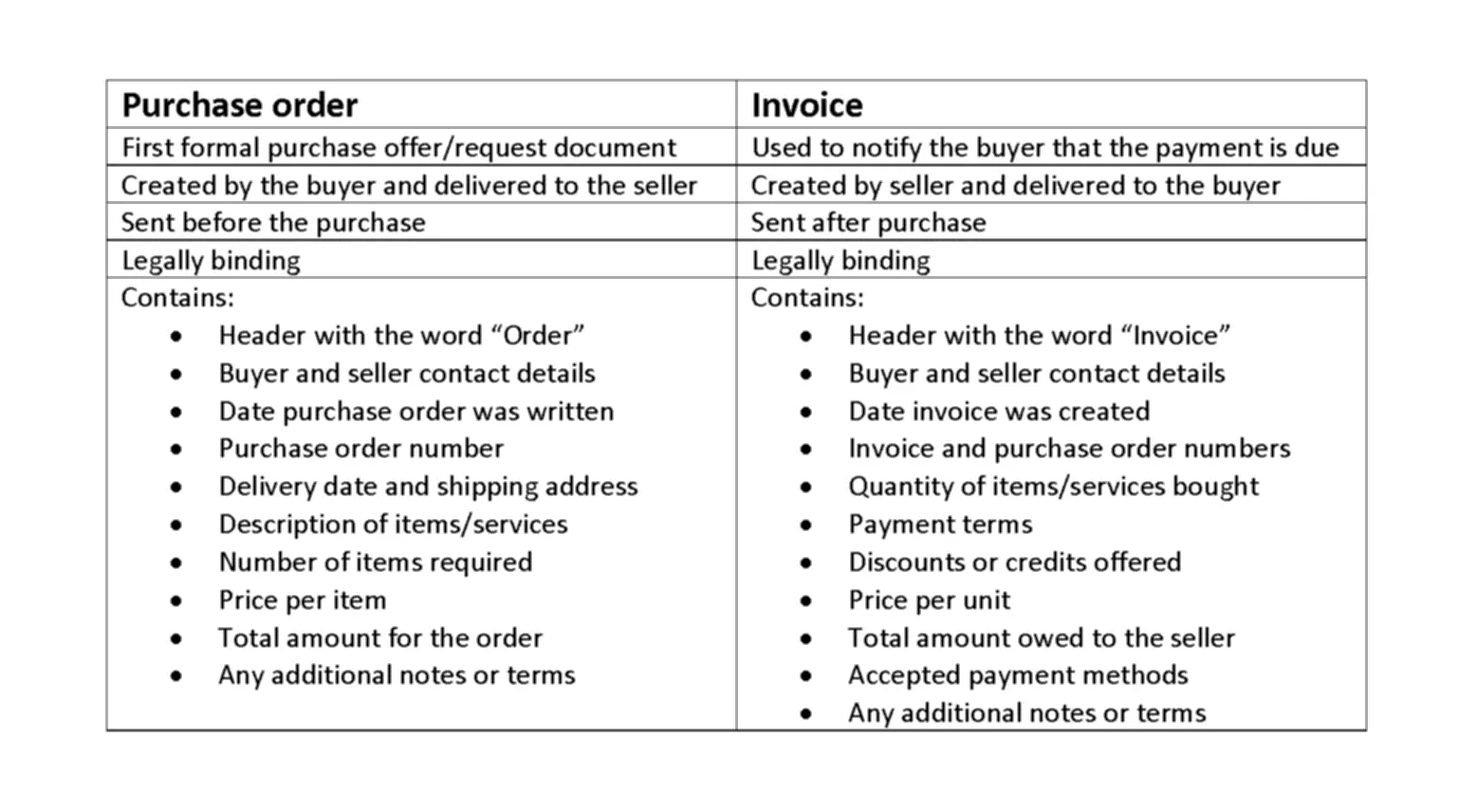Content

The statement of profit or income statement represents the changes in value of a company’s accounts over a set period , and may compare the changes to changes in the same accounts over the previous period. All changes are summarized on the “bottom line” as net income, often reported as “net loss” when income is less than zero. Inventory includes amounts for raw materials, work-in-progress goods, and finished goods. The company uses this account when it reports sales of goods, generally under cost of goods sold in the income statement.
- Financial accounting is concerned with the preparation of final accounts.
- Collection of formal, written rules governing the conduct of aCORPORATION’S affairs .Bylawsare approved by a corporation’s stockholders, if a stock corporation, or other owners, if a non-stock corporation.
- The excess ofREVENUESover allvariable costsrelated to a particular salesvolume.
Financial statements prepared by accountants are classified as either audited or unaudited. An audited financial statement signifies that the accountant has verified virtually every transaction and account on the company’s books. Accounts receivable are confirmed by asking customers to verify the balances owed. For inventory, the accountants check purchase orders and receipts, and physically count the raw materials and stock on the premises. Government regulations require all publicly traded companies to prepare audited financial statements. The statements must comply with Generally Accepted Accounting Principles and be certified by independent accountants.
Earned Income Tax Credit (EITC)
Any financial accounting transaction expands or reduces balances in one or more account/s. The changes in any particular asset, liability or equity item are recorded time to time in the general ledger which are called accounts. For example, Asset accounts have sub-accounts like current assets and fixed assets, Liability accounts have Current Liabilities and Long-term Liabilities and so on. In common usage, capital (abbreviated “CAP.”) refers to any asset or resource a business can use to generate revenue. A second definition considers capital the level of owner investment in the business.

Before investing, shareholders would ideally want a clear depiction of the company’s value. Financial accounting can assess a company’s financial health and make calculated decisions. Third-party auditors need to audit company books and accounts and require an accurate depiction of financial statements to carry out successful audits. Assets are items that are owned by the company and have economic value. Assets can either be tangible such as land, buildings, cash, etc., or intangible such as goodwill & patents.
Indirect Cost
The key equation in the balance sheet is that the total amount of assets must equal the total amount of liabilities plus shareholders’ equity. Financial accounting involves preparing statements of a company’s transactions and overall financial health for employees inside the company, investors, creditors, and customers. If you buy a building that will last for many years, you don’twrite offthe cost of that building all at once.
- If you’re an investor, financial accounting is how you gain insight into companies you’re considering funding.
- Double-entry accounting, as the title suggests, is a conventional accounting approach in which each transaction is recorded in at least two accounts.
- We also look at the more insidious—and perhaps more destructive—practice of manipulating not the numbers in financial reports but the operating decisions that affect those numbers in an effort to achieve short-term results.
- Current liabilities are liabilities due within one year of a financial statement’s date.
- Financial forecasting refers to the ways a business predicts future revenue, cash flow, and expenses.
Financial accounting aims as providing financial information that is reliable, relevant, and comparable to these external users. The financial statements usually provide an overall picture of the company’s profitability. This accounting stream primarily aims to represent a firm’s overall performance accurately. Moreover, this data serves as crucial information to external parties. For example, creditors, financial institutions, lenders, investors, the government, and the tax authorities depend on accounting records. Also, the firm can compare financial statements against the performance of other companies.
Settlement Method
The proposal for a new regulatory framework for the publicaccountingprofession which was developed jointly by theAMERICAN INSTITUTE OF CERTIFIED PUBLIC ACCOUNTANTS and theNATIONAL ASSOCIATION of STATE BOARDS of ACCOUNTANCY . The new framework is intended to enhance interstate reciprocity and practice across state lines by CPAs, meet the future needs of the profession, respond to the marketplace and protect the public that the profession serves. Date when aSECURITYtransactionis entered into, to be settled on at a later date. Transactions involving financial instruments are generally accounted for on thetrade date.
For this reason, current assets and liabilities are mentioned before long-term assets and liabilities in financial statements. A business or company always has to make a balance between the both sides of this equation. Financial accounting’s core objective is to give necessary financial information to the party or people outside the company or more specifically to the external users. These external users are not directly engaged in operating the business organization like the internal users or the management. They require the financial data of different companies to make a viable investment or financing decisions. The most common external users include investors or shareholders, creditors or lenders, suppliers, customers, unions, regulators, competitors, press, brokers or analysts, etc.
